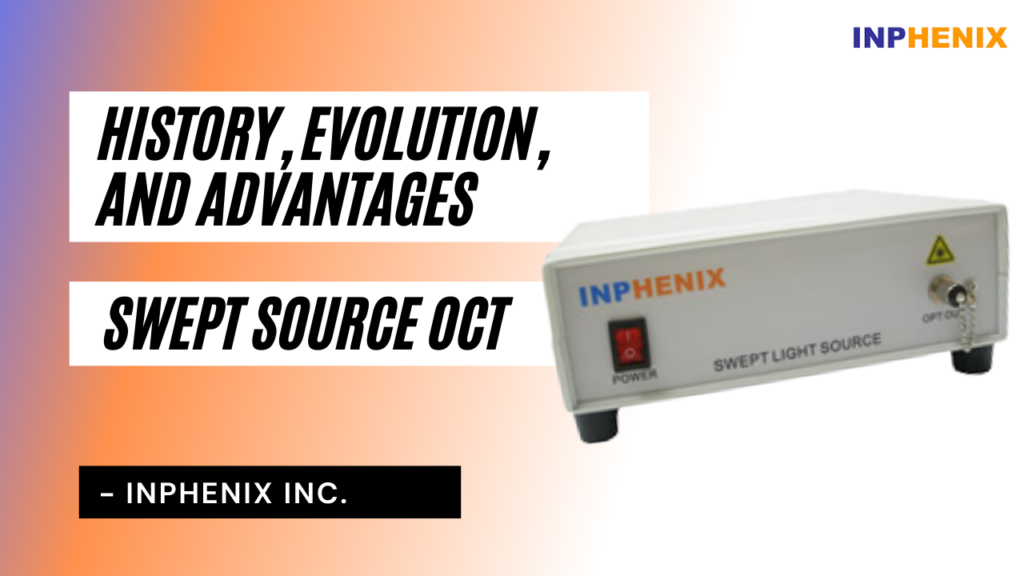
Swept source optical coherence tomography, also known as swept source OCT or SS-OCT, is an ophthalmic imaging technology used to diagnose and cure various diseases related to the eyes. Here SS stands for swept-source – a type of laser that is used in the device.
Swept source OCT was first introduced in the year 2012. However, owing to its advantages and usability over other imaging technologies such as Spectral-Domain Optical Coherence Tomography (SD-OCT) and Time Domain Optical Coherence Tomography (TD-OCT), it becomes a superior retinal and choroidal imaging technology in ophthalmology and other clinical fields in a very short span.
In this piece, we have discussed the history & evolution of the SS-OCT and its advantages. Take a look.

Without a doubt, swept-source OCT has positively impacted and exceptionally contributed to the research of vitreous humor. However, it will be interesting to learn how and when it all begins. Let’s understand its journey in brief.
SS-OCT is a genre of OCT technology. OCT was first introduced in the year 1990. As expected, it has revolutionized the ophthalmology industry by providing an imaging and diagnosis technique that was superior to its previous technologies. OCT empowers eye surgeons to generate high-resolution, three-dimensional, and cross-sectional images of the posterior segment of the eye.
For decades, prior to the advent of OCT, other imaging technologies were using ultrasound waves or MRI for imaging. However, swept source optical coherence tomography follows a little bit different mechanism for the same process. Unlike sound waves or MRI techniques, OCT uses light waves for imaging. The shorter wavelength of light empowers this technology to generate high-resolution, cross-sectional images with zero delays.
Time Domain technology was the first method that was used in OCT technology. Time Domain technology uses a low-coherent light source with a changing focus point technique to generate data. Later, OCT was complemented with a new process called Spectral Domain. The spectral-domain OCT helped to produce images with a single focus point and with zero delays.
In 2012, the spectral domain was replaced by swept-source technology. The resultant technology is known as swept-source OCT.
SS-OCT offers many advantages over other imaging technologies. Its low-coherence nature and zero delay time enable it to produce high resolution, single focus, and 3D images within a very short period. Below are some of the advantages of swept source OCT.
1. Swept source OCT offers faster image acquisition, which helps to produce images with a wider scanning range.
2. The deeper penetration of Swept source optical coherence tomography enables it to picture choroid, vitreous, and retinal structures behind thick pre-retinal or pre-macular hemorrhage.
3. SS-OCT does not have sensitivity roll-off, which allows us to produce images of vitreous and choroid simultaneously.
4. The short wavelength of light helps to generate higher resolution images.
5. Swept source OCT’s gentle light source is also a key benefit of this technology. It makes the patient comfortable to sit still during the imaging.
Inphenix is an established manufacturer of lasers and light sources based in the USA. At present, the company offers three different variants of Swept Sources- 1060nm, 1310nm, and 1550nm windows. These swept sources are ideal for OEM integration and Swept Sourceoptical coherence tomography. Check out its website to know more about its other products and services.
